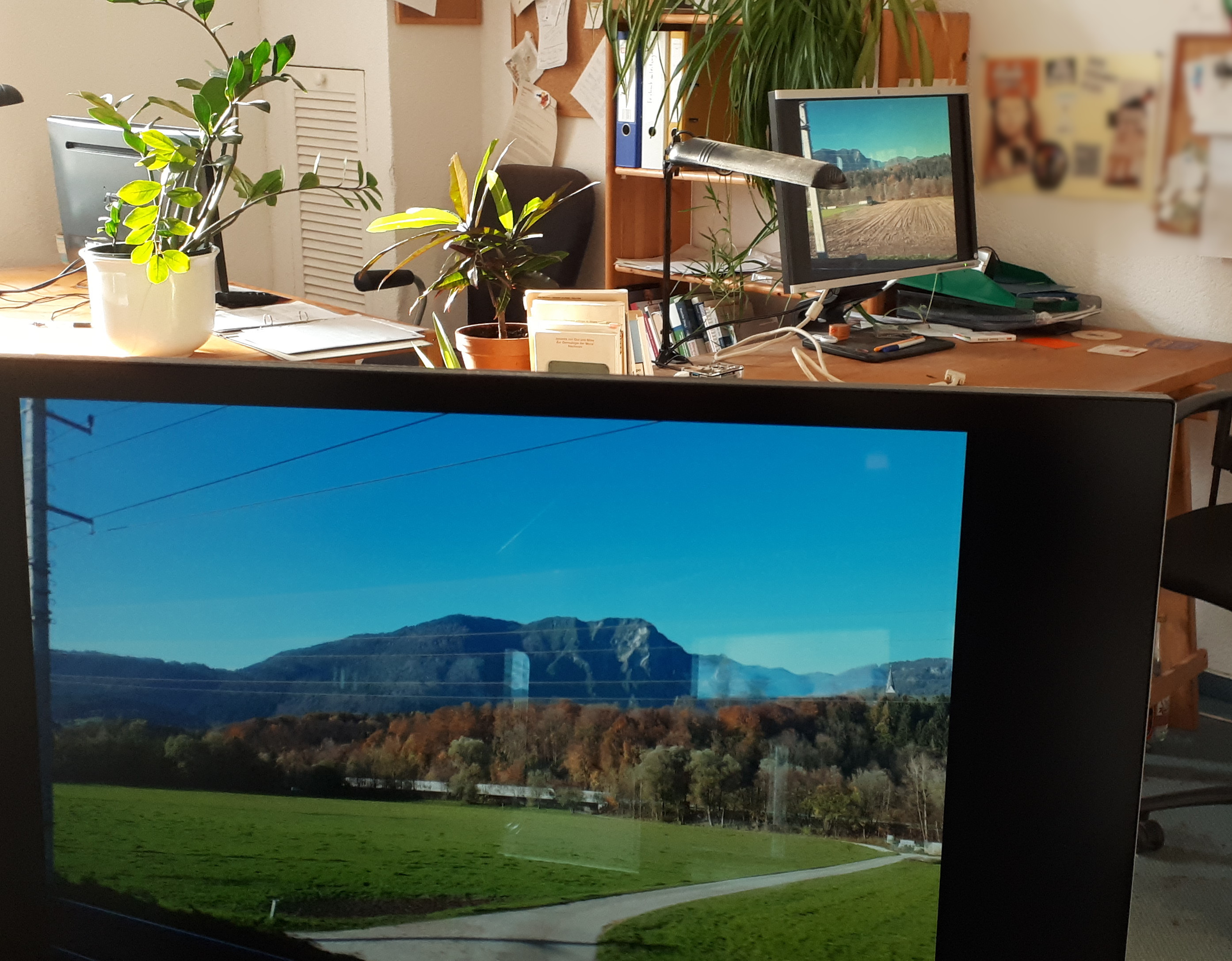
This is part of a series of posts on the design and technical steps of creating Himblick, a digital signage box based on the Raspberry Pi 4.
Another surprise hits us at the last moment: if the system boots without an
HDMI monitor plugged in, no framebuffer device is ever created,
and X will not start, lightdm will give up after some tries, and even if one
plugs in a monitor afterwards, it will stay blank until a reboot or some kind
of manual intervention.
As a workaround, one can configure the bootloader to force a specific HDMI configuration. This post documents how we did it.
Find out what video mode one needs
We plugged the target monitor into a laptop and ran xrandr to see the
selection of video modes:
…
1920x1080 60.00*+ 50.00 59.94 30.00 25.00 24.00 29.97 23.98
1920x1080i 60.00 50.00 59.94
…
Then we looked up the video mode in the hdmi_mode table, for DMT video modes,
in the Video options in config.txt
documentation.
Then, since the Raspberry Py 4 has two HDMI outputs, one can append :0 or
:1 to each video option to select the output for which it applies.
The resulting bit of config.txt that did the trick for us was this:
# Pretend that a monitor is attached on HDMI0
hdmi_force_hotplug=1:0
# Pretend that the monitor is a monitor and not a TV
hdmi_group=2:0
# Pretend that the monitor has resolution 1920x1080
hdmi_mode=82:0
With that X started, but for some reason it started with different (lower) monitor resolution. Thankfully, a call to xrandr on startup fixed that too, and now everything works as expected whether the system boots with a monitor attached or not.